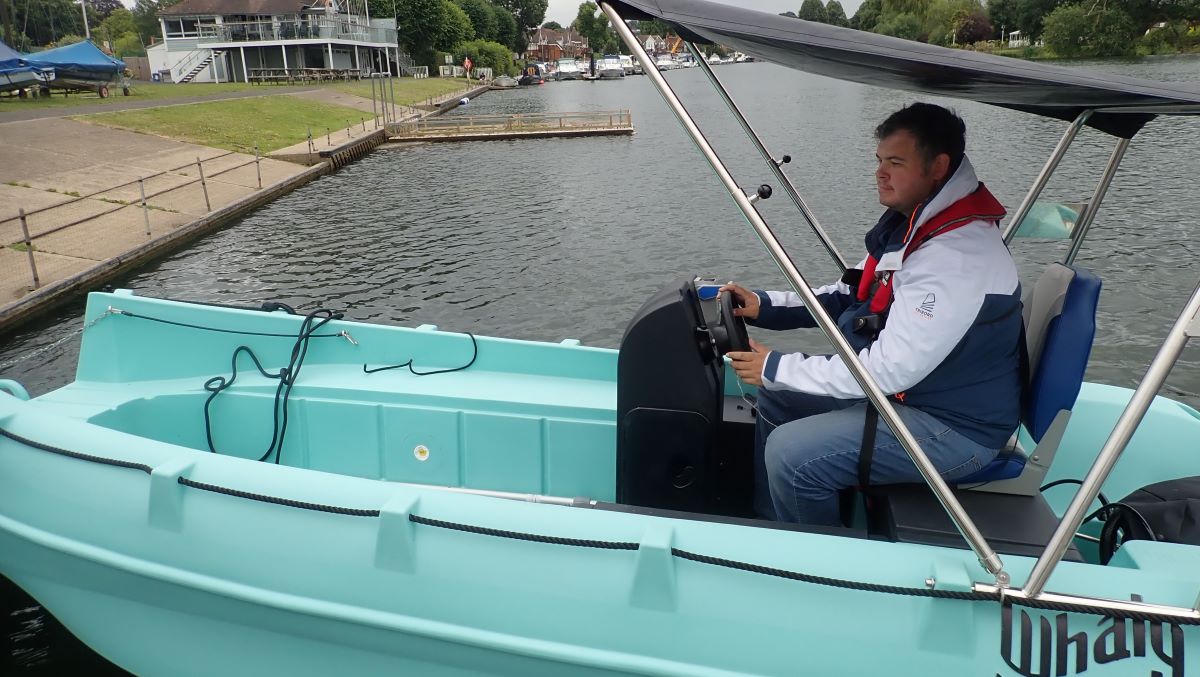In Episode 6, we explore one of the most critical skills in powerboating: docking and undocking. Successfully manoeuvring your boat alongside a dock without bumps or scrapes requires practice, precision, and a good understanding of how your boat responds at low speeds. Here’s how to approach these manoeuvres with confidence.
Before approaching the dock, take a moment to assess the conditions around you, including wind, current, and any obstacles. Here’s what you need to do:
Check Your Speed:
Slow down well in advance of the dock. You want to approach at the slowest speed that allows full control.
Ready the Ropes and Fenders:
Prepare and place your dock lines and fenders along the side where you’ll be docking. This protects the boat and makes it easy to secure when you’re alongside.
Once prepared, use these techniques to bring the boat safely alongside the dock:
Approach Angle:
Start by approaching the dock at a slight angle (about 20–30 degrees). This helps you control the boat’s position while giving you a clear view of where you’re headed.
"Steer, Then Gear":
Set the rudder toward the dock before applying a gentle amount of power. This ensures the boat heads in the right direction without any unnecessary drifting.
Short Bursts of Power:
Use short bursts of power and return to neutral to maintain control. This technique gives you a steady approach without building up excessive speed.
Use Wind and Stream to Your Advantage:
If the wind or current pushes you toward the dock, let it gently guide you in, using just enough power to maintain control. If the wind or stream is pushing you away, compensate by adjusting your angle and using slightly more power.
Position and Stop:
As you near the dock, straighten the rudder to halt sideways movement, allowing the boat to glide smoothly into place.
Tie Off Quickly:
Secure the bow and stern lines first, then adjust any spring lines to prevent fore-and-aft movement. This helps the boat stay snugly in place. A round turn and two half hitches or take the rope through a ring and secure to the cleat on the boat
Adjust Fenders:
Ensure fenders are correctly positioned to avoid any scraping or rubbing against the dock.
When you’re ready to leave, undocking presents challenges, especially if the wind or current presses you against the dock. Here’s how to make a smooth departure:
Untie and Prepare:
Start by untying all lines except for one that temporarily keeps the boat in place. This lets you control the boat until you’re ready to power away.
Use Wind or Stream for Assistance:
If wind or current pushes you off the dock, release the lines and let the natural forces move you away. Use minimal power to maintain control.
Reverse Away Slowly:
For a controlled exit, reverse slowly, keeping the rudder aimed to guide the stern away from the dock. This lets you clear the dock without scraping the side of the boat.
Apply Power Once Clear:
Once you’re safely away from the dock and have adequate space, switch to forward gear and apply power as needed.
Docking and undocking require patience, planning, and a steady hand on the throttle. Following these steps and practising each technique, you’ll be docking like a pro, even in tricky conditions. Next up, we’ll cover advanced boat handling manoeuvres, giving you even greater control and finesse on the water.
